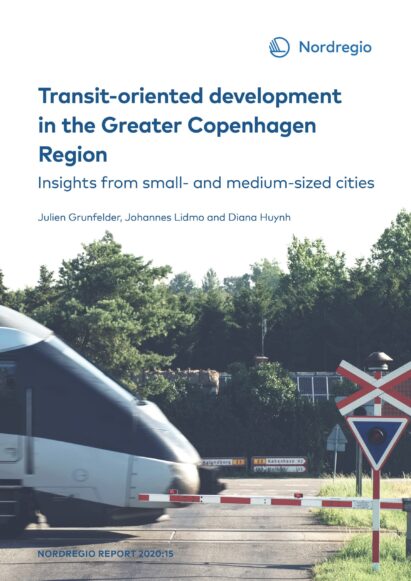Cross-border cooperation has long been a strong element of the Nordic Region’s efforts to become better integrated, while simultaneously working towards shared ambitions in the areas of economic, environmental and social sustainability.
During the Covid-19 pandemic, for instance, challenges inevitably emerged as countries shut down borders. This effectively put cross-border cooperation into gridlock. Prior to the Covid-19 crisis, however, the Greater Copenhagen Region (GCR) had been chosen to illustrate the potential challenges of planning and development in a Nordic cross-border context. This is the scope that this working paper is operating within.
The aim of this report is to provide a backdrop for future discussions about ways in which spatial and transportation planning, particularly in small- and medium-sized (SMS) cities, can ensure sustainable mobility solutions and enhance local and regional integration, supporting regional development in Greater Copenhagen, and Nordic collaboration more broadly.
The research questions that have been explored are:
- How can an enhanced understanding of transit-oriented development (TOD) characteristics and mobility planning in small- and medium-sized (SMS) cities contribute to a more integrated Greater Copenhagen Region?
- What are the multi-functional roles and potentials for the development of areas surrounding railway stations in small- and medium-sized cities from a planning and design perspective?








